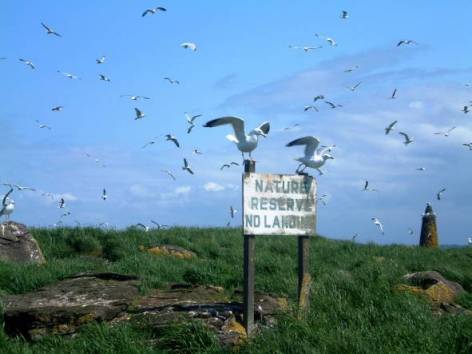The discovery of a Chough just North of Turnberry lighthouse on January 30th 2019 came almost 90 years after the last totally reliable record of the bird in Ayrshire. A once widespread bird in Scotland, the numbers today have declined to the point where it hangs on in places such as Islay, Jura and Colonsay, with all of the former Scottish mainland haunts now unoccupied by breeding pairs.
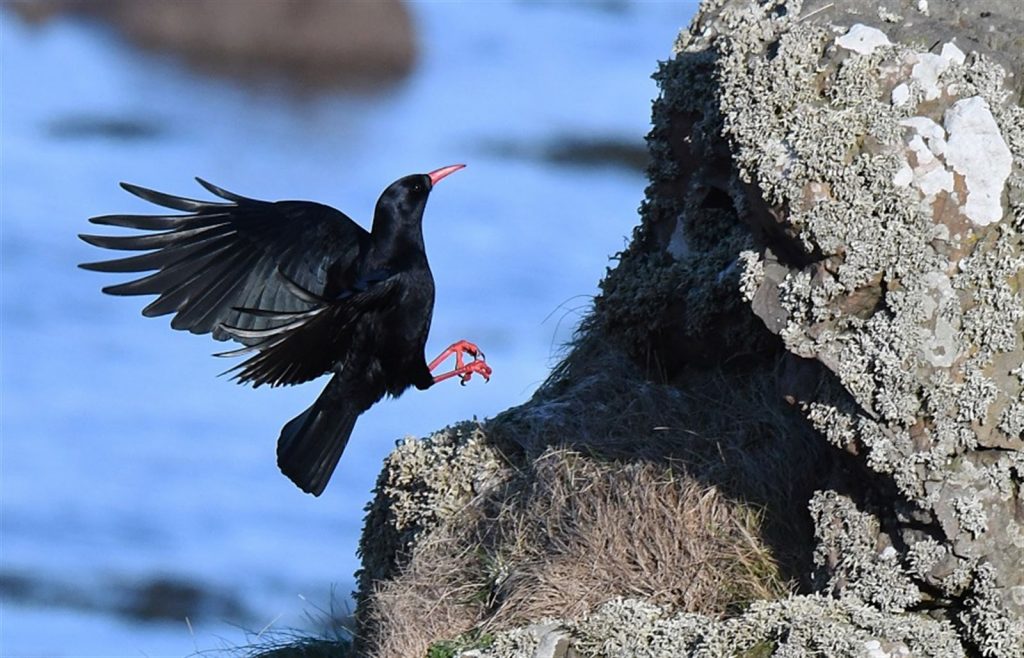
In South-west Scotland, it would appear that the writing was on the wall from around the middle of the 19th century, when significant declines were noted by the ornithologists of the day. One comment made at the time stated that it had been abundant on all the rocky headlands of Scotland in 1835 but “had vanished nearly everywhere by 1865.” Choughs weren’t restricted to coastal Scotland as is exemplified by records of birds from inland localities such as Assynt, Glen Lyon, Glen Clova and the Ochils. These inland locations had, however, mostly been abandoned by the early 19th century.
Continue reading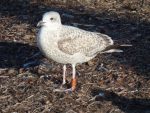
 Introduction
Introduction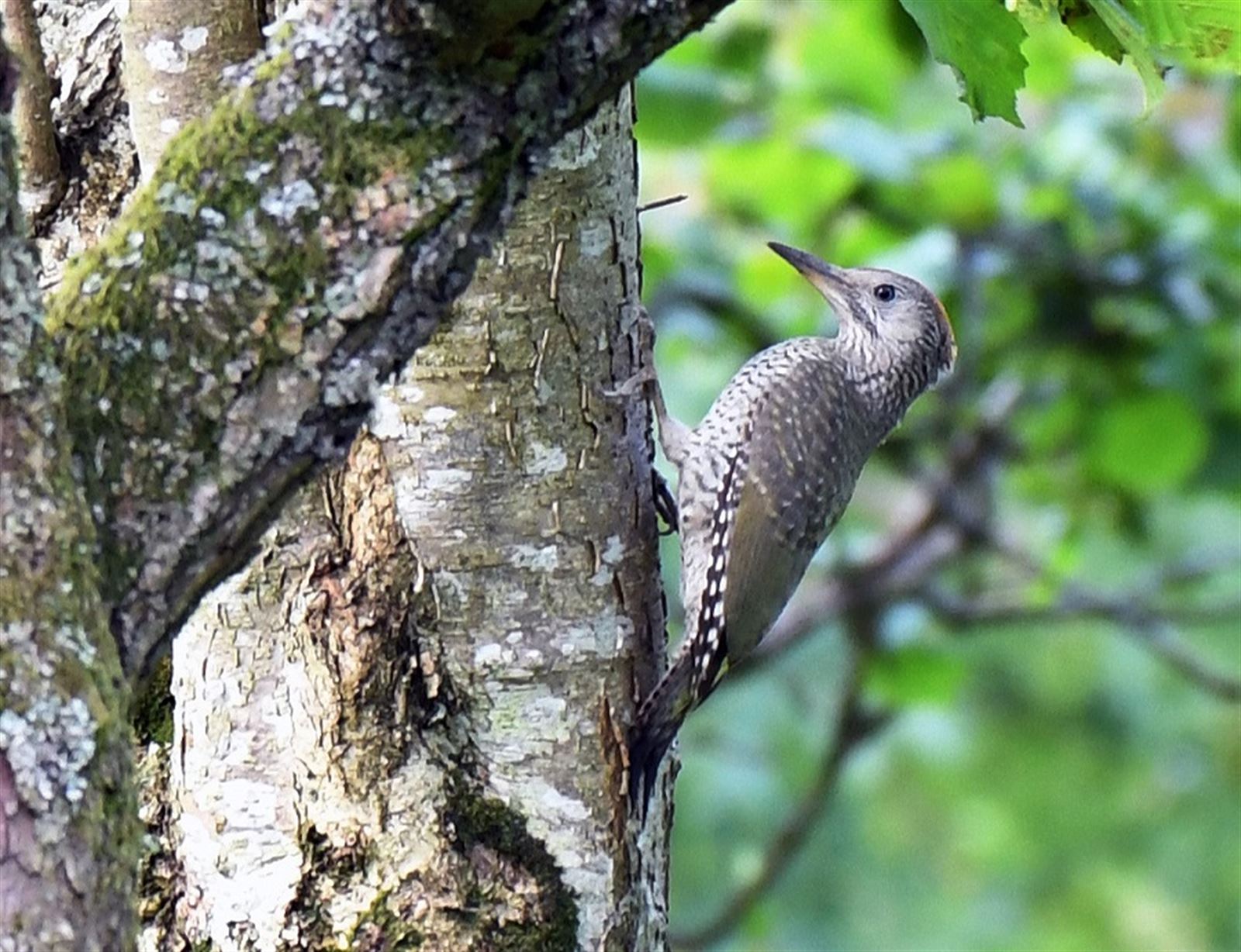
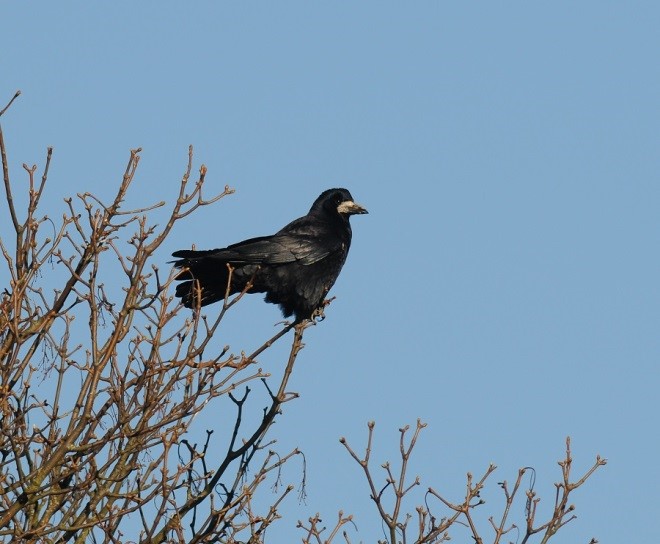

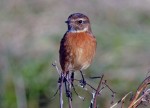
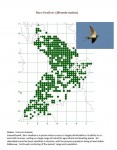
 icon beside the species name.
icon beside the species name.